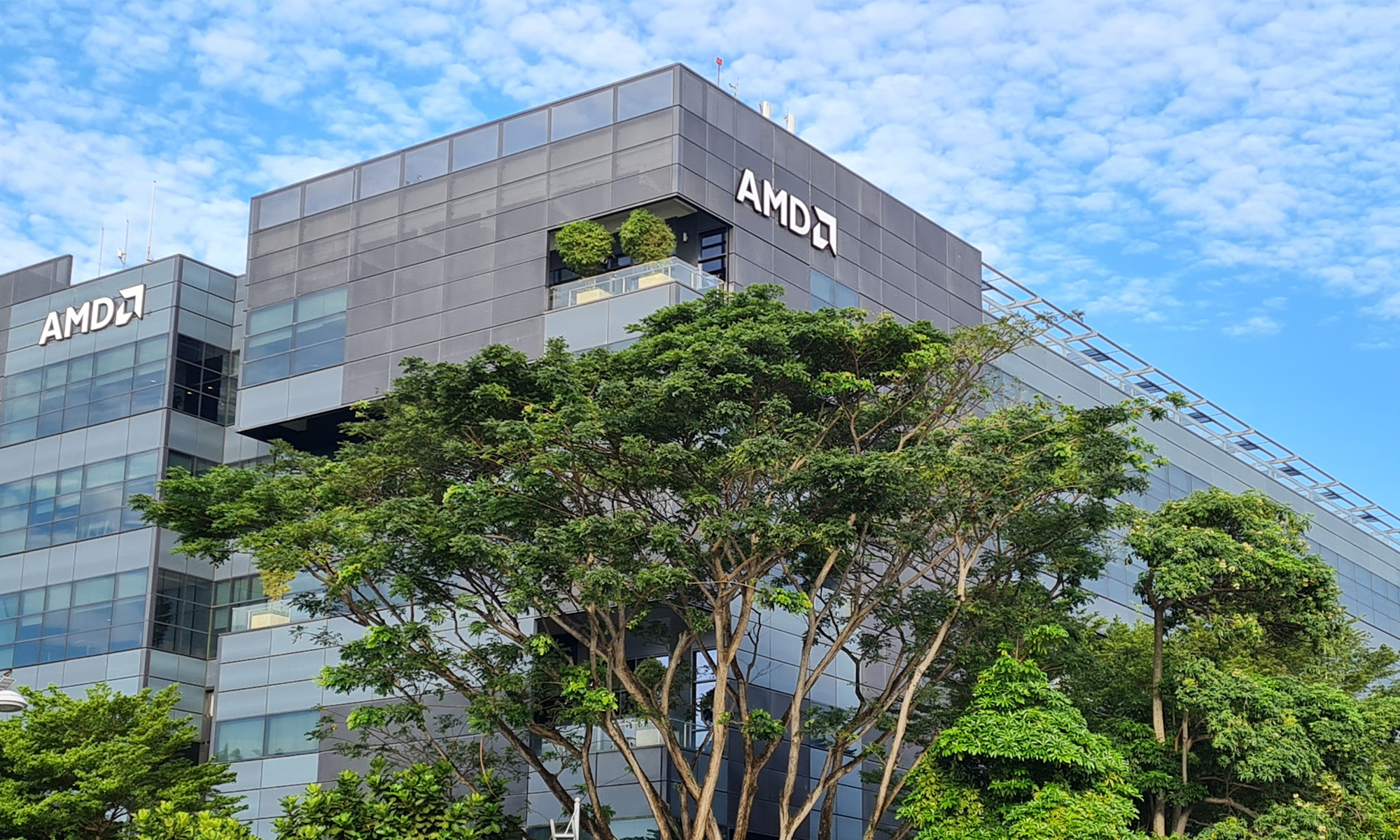Few companies benefited more from the cryptocurrency bubble that inflated in 2017 than Advanced Micro Devices (AMD +6.17%). The company's graphics cards were well suited to perform the calculations necessary to "mine" these digital currencies. Sales to cryptocurrency miners boomed as the mania progressed, creating graphics card shortages and pushing up prices.
It wasn't hard to see that all of this was a massive, unsustainable bubble. Unless you happen to run AMD, that is. The company was ramping up production of GPUs earlier this year, even after cryptocurrency prices had begun to collapse, to keep up with demand. But that demand was ephemeral, and as I warned in "A Crypto Crash Could Derail AMD": "That's a strategy that will work until it doesn't, since so much of that demand could disappear without a trace."
Not only has that demand vanished, but it's having a bigger negative impact on AMD than the company expected.

Image source: Getty Images.
Something doesn't add up
GPU sales that AMD classifies as blockchain-related were negligible in the third quarter, down from a high single-digit percentage of total sales in the third quarter of 2017. This steep decline was entirely expected. In the second-quarter earnings call, CEO Lisa Su said: "So for Q2, we were approximately 6% of revenue for blockchain. For Q3, we're planning very little blockchain."
AMD was expecting essentially all that cryptocurrency-related revenue to vanish in the third quarter. And that's exactly what happened. But GPU sales were even weaker than AMD anticipated. The company blamed excess channel inventory caused by the decline in cryptocurrency-related demand. But why would there be excess channel inventory if AMD predicted months ago that cryptocurrency-related demand would go to near zero? Because AMD has no idea how much of its sales are really tied to cryptocurrency.
Some of AMD's graphics card partners sell models specifically aimed at cryptocurrency miners. Asus, for example, sells a couple of mining models. Those sales are easy to track, and they can be 100% attributed to cryptocurrency.
But when someone buys a standard AMD Radeon RX 570 from Amazon and uses it for cryptocurrency mining or a mix of mining and gaming, that's much harder to track. I don't think AMD has a good handle on what percentage of graphics cards sold through normal retail outlets were ultimately used for cryptocurrency mining. If it did, it wouldn't have been surprised by such weak graphics demand in the third quarter.
AMD was expecting its computer and graphics segment revenue to be down by about $50 million in the third quarter compared to the second quarter. Instead, it was down $150 million. "And if you look at that difference from when we started the quarter that's entirely the GPU channel, we had some other puts and takes in there, but it's basically the GPU channel," Su said in the third-quarter earnings call.
AMD couldn't have been any more pessimistic about blockchain-related demand, and yet it still missed the mark by $100 million. There are two possible explanations:
- Graphics card demand from gamers dropped off a cliff for no particular reason.
- A significant chunk of graphics card sales through normal retail channels during the cryptocurrency bubble should have been classified as blockchain-related but weren't. Now those sales are disappearing, catching AMD off guard.
The second explanation seems more plausible to me.
Expect more graphics weakness
AMD expects its graphics business to grow sequentially in the fourth quarter, mostly due to its data center products. But with the company underestimating how weak demand would be in the third quarter, I'm not confident that its fourth-quarter outlook is particularly accurate.
AMD does expect it to take a couple of quarters to work through the excess channel inventory, but it will take even longer if the company is still underestimating how much demand was really tied to cryptocurrency. AMD may need to fully lap those cryptocurrency-related sales before the graphics business gets back to normal.






